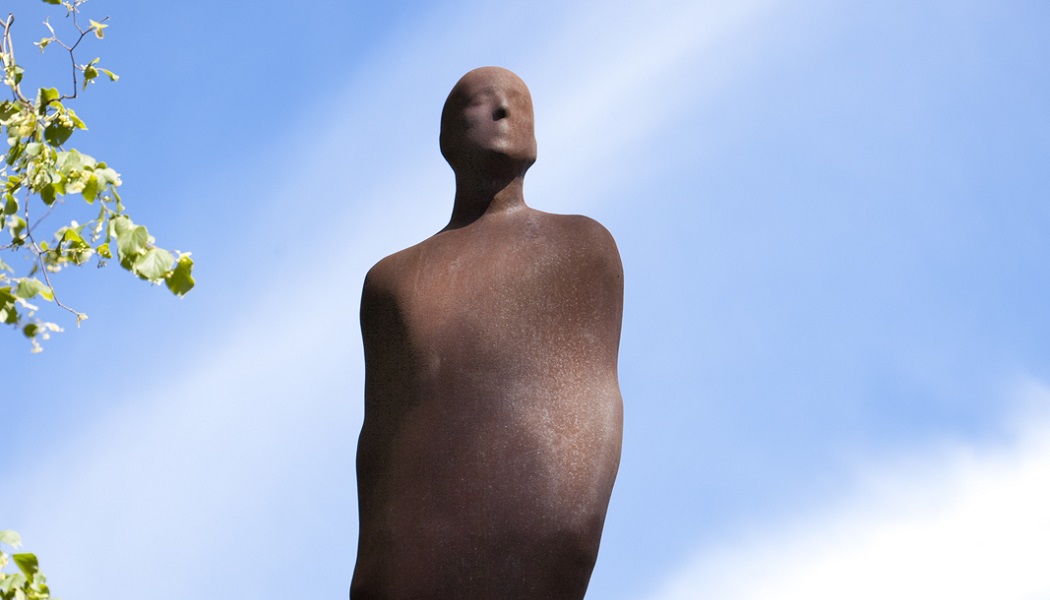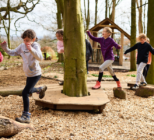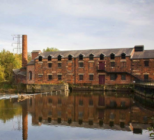Having seen operations repeatedly buffeted by closures and restrictions since March, YSP’s deputy director, Helen Featherstone, could be forgiven for labelling 2020 in much stronger terms than “a very bumpy ride”.
During the initial nationwide lockdown the site’s sprawling acres which unite art and nature lay silent – besides from increasingly emboldened sheep grazing at the foundations of works by Henry Moore and Barbara Hepworth – at a time when the attraction is normally maximising revenues to see it through the comparatively sparce winter.
Almost exactly a year prior to the arrival of Covid-19 on UK shores, YSP opened the doors of a new hub housing a gallery, restaurant and shop. The Weston, which received recognition from RIBA for its architectural merit, was designed to increase revenues, spread visitor flow across the site and attract new visitors – aspirations that 2020 has firmly quashed across the sector.
Yorkshire Sculpture Park opens new £3.6m visitor centre to boost resilience
While the pandemic has been hugely trying for all, lessons have been learned throughout the crisis that will leave a lasting impression.
Logistical limbo
Given its semi-rural location and proximity to the motorway, the lion’s share of visitors to Yorkshire Sculpture Park have always arrived by car. 6,000 people can be accommodated on a typically busy summer day, with capacities lower in the autumn and winter months – when overspill car parks yield to the elements and become inaccessible muddy fields.
To dovetail nicely with this arrangement, the admission model that has long served both the organisation and visitors well was that each car paid £12 per day. The introduction of stringent safety protocols during the summer’s phased reopening meant this was no longer viable. Business as normal was at an end.

“The main challenge was implementing Track and Trace on such a vast site,” Featherstone explains, “we had to know exactly who was on site at all times.” To stay as close as possible to the tried and tested formula, individual tickets were introduced at £6 per adult and free for children – designed to maintain the price point of £12 for a family of four.
With visitor numbers already capped at around 2,000 to ensure social distancing, safety-conscious tourist behaviour has also further pushed ticket sales down. “What we are finding, which is interesting but perhaps unsurprising, is that people are travelling separately. Where in the past they would’ve travelled together they are now meeting each other on site,” the deputy director tells Advisor.
Whereas groups may in the past have thought the more people in a car the cheaper a visit would be, now minimising close contact with others has meant more cars on site. This in turn has translated to lower yields per vehicle and, with overspill car park inaccessible as of the late summer, revenues being constrained.
This has contributed to an overall “devastating impact” financially for an institution that raises around 80% of its revenues from visitor admissions and purchases on site. Several sage lessons have nevertheless proffered green shoots of optimism.
Museums and cultural organisations are the hidden social care that no one really talks about
Inadvertent insights
Even in the depths of a pandemic, Featherstone is buoyed by the fact that Yorkshire Sculpture Park has proven “uniquely well-placed” to meet the public’s desire to “be in the outdoors and to connect with both nature and art”.
The visitor experience, too, has benefitted from Covid-enforced changes. “It’s constant learning. Although we are welcoming far fewer visitors, having lower numbers but higher levels of consistency means we are able to provide a richer visitor experience,” Featherstone notes.
Most alterations will be axed when it is safe to do so but some have proven more thought provoking. “We definitely wouldn’t want to keep the one-way system,” she quips, “but having a friendly face to greet visitors upon arrival and provide any information has proved really useful.”
Whether or not a member of staff remains at the door to greet people is up for debate but the site’s deputy director says a “re-evaluation of signage” and how successful it is at answering all visitor queries is definitely in order.
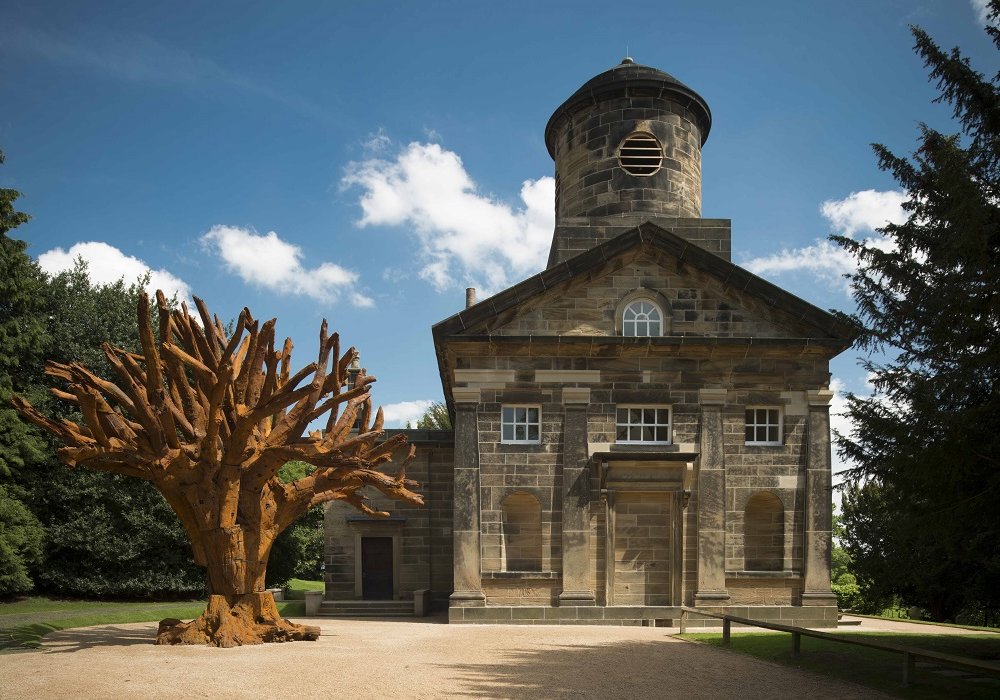
Despite all the turmoil, planning for the future is now well under way: a luxury which is thoroughly appreciated by the Yorkshire Sculpture Park hierarchy.
Featherstone is hugely grateful to Arts Council England and DCMS for distributing the Culture Recovery Fund cash injections speedily, and to regular supporter the Garfield Weston Foundation for its contributions – all of which have saved the organisation from having to make any damaging cuts.
The government funding has been “vital to ensure we can get through to the end of the financial year and keep all our team in place”, she notes, adding that the support will be sufficient assuming there are no further restrictions limiting trade as peak season returns next spring.
With the whole team remaining on the books, the biggest casualties for the Yorkshire venue have been a loss of cultural and social value. Exhibitions, such as the major Joana Vasconcelos show and collection of Joan Miró works, have been extended or rescheduled but the loss of important contact for many members of the community can never be remedied.
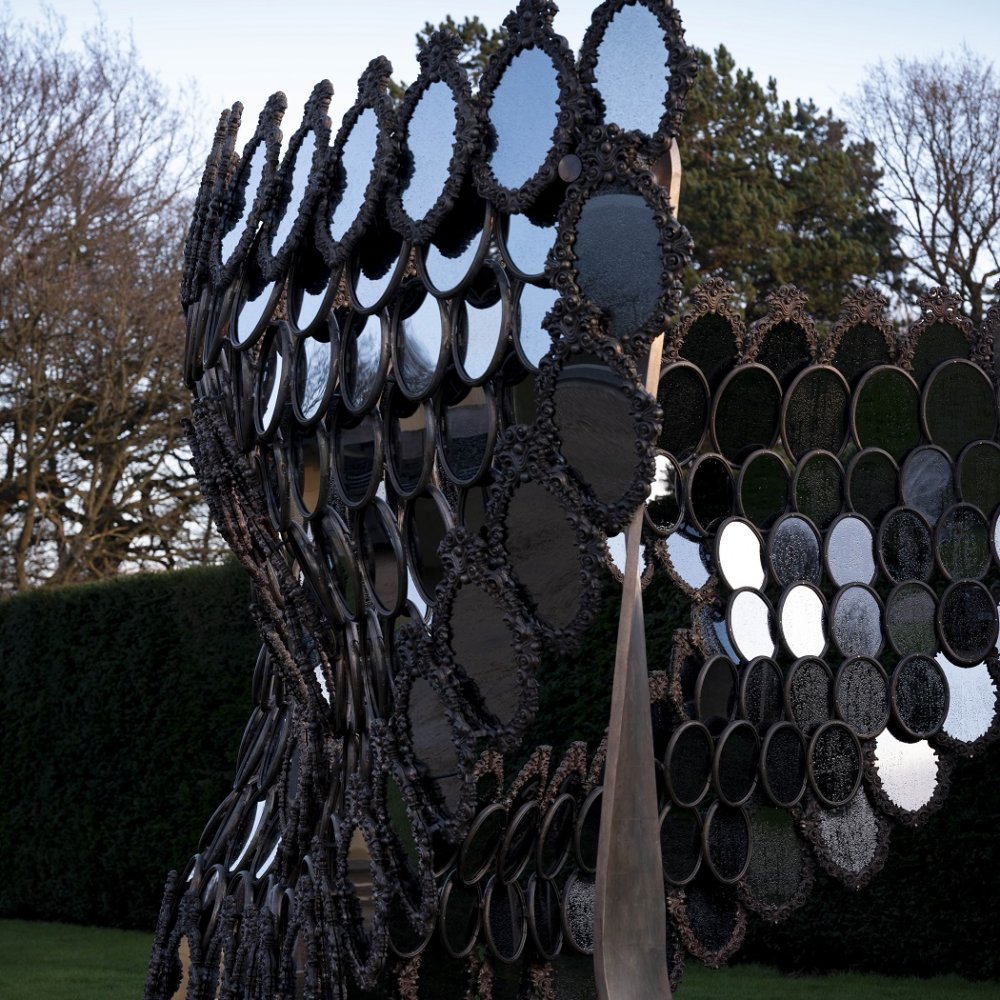
“Museums and cultural organisations are the hidden social care that no one really talks about,” Featherstone states. “In the current climate we can’t offer the services we ordinarily would, primarily due to social distancing, and this often hits people from the most vulnerable groups in society.”
While months without the support of sessions run by the institution have been felt greatly by individuals and groups for whom the site is a refuge of the mind, the Yorkshire Sculpture Park team are cautiously optimistic that as restrictions relax in the coming months – assuming a vaccination programme is rolled out – an ever-growing number of people can return to activities of old.
“I think we are all very conscious that we aren’t out of the woods yet. Although those of us who have received funding can breathe a little easier until the end of the financial year, none of us know what the future holds. It’s going to be a nail-biting few years for many organisations.
“It really is challenging to work in a constantly uncertain environment but I think the advantage the culture sector has over other industries is that we’ve been working on a shoestring and in an uncertain environment for years now. We have learnt to be very flexible and adaptable.”

